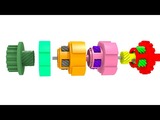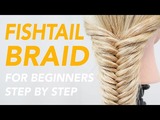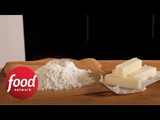I love cuticle oil. Whether it's right after a manicure or in between manicures, it gives your fingers a really nice shine. It moisturizes your cuticles, and it refreshes your old manicure, if there's no chipping.
I always recommend using a dropper for... I always recommend requesting or looking for your salon to have one with a dropper to avoid it touching your skin and knowing that it hasn't touched anyone else's. For your own personal use, you can use one with a brush. I also recommend that you carry one in your bag because it refreshes your manicure, as I said before. It's easier for you to apply, and then moisturize and push it back in to your cuticles. Whether you're in a cab or on the train or on the bus.
A good quality cuticle oil will literally saturate your skin around your nail, saturate the cuticles, and start to moisturize them, and give it a nice shine. It makes it look like magic. You'll see the dry skin just disappear. It should last maybe about a good two to three hours. After a hand wash, washing your hands and going to the bathroom, it should still last after that.
I recommend that you take the fingers after a manicure, after you've soaked the nails, pushed back the cuticles, shaped it, right before you apply the polish. You take the cuticle remover, this is if you're at home, and you put it with a brush around the cuticle. Go to all ten fingers.
When you come back, you take it and moisturize, and literally give yourfinger a mini massage. Push your cuticles back so that your skin has an opportunity to absorb the cuticle oil. Especially the skin around your fingers because that's where it dries out the most, especially winter time. After you've done that, you take a cotton ball with alcohol or you take an alcohol swab. You just remove the excess oil on the nail bed. This way your nail polish will adhere to your nail. Try to avoid taking the polish remover or the alcohol and getting it close to the cuticle area. You don't want to remove the cuticle oil that you just put on.
Remember, if you're in a salon it should be a dropper. They should drop it on your finger. This way the dropper doesn't touch your nail or your skin. Then ask them to take a couple of seconds and massage it into your finger.
If you're on the bus, in a cab, or at home, and you notice that your cuticles are dry, especially if you're using a harsh hand soaps at you workplace, I always recommend keeping one in your bag. They actually come in rollers, too, to avoid spilling.
You can drop it on. Right around your nail polish. It will not harm your nail polish. It actually makes your old manicure look great. Then massage it straight into your skin. The same way you would if it was right after a manicure. You push it back, and it looks great.



















